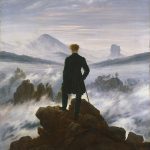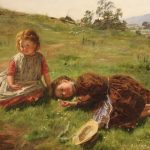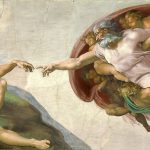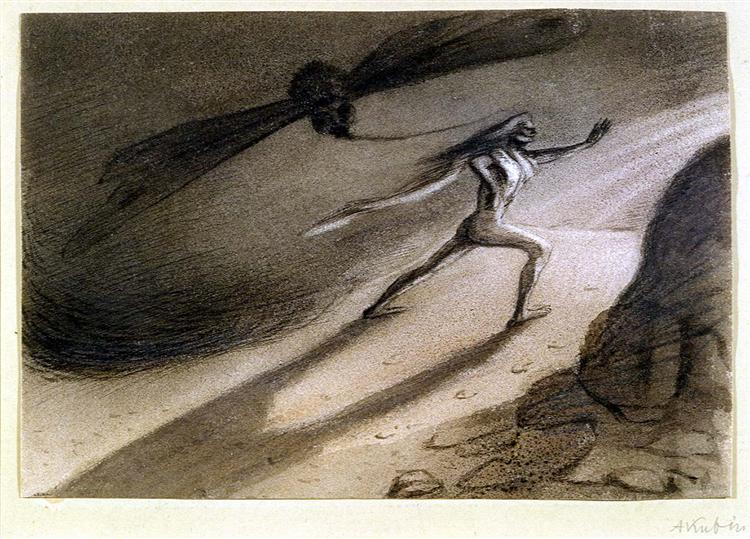
Alfred Kubin, born on April 10, 1877, in Litoměřice, then part of the Austro-Hungarian Empire (now in the Czech Republic), was a pivotal figure in the early 20th-century European art scene, known for his dark, fantastical illustrations and paintings. His work, deeply infused with symbolism and expressionism, explores themes of death, decay, and the subconscious, standing as a testament to his unique vision within the realms of the grotesque and the surreal. Kubin’s contributions to art extend beyond his visual creations, as he played a significant role in the development of expressionist literature and was a founding member of the influential artist group Der Blaue Reiter (The Blue Rider).
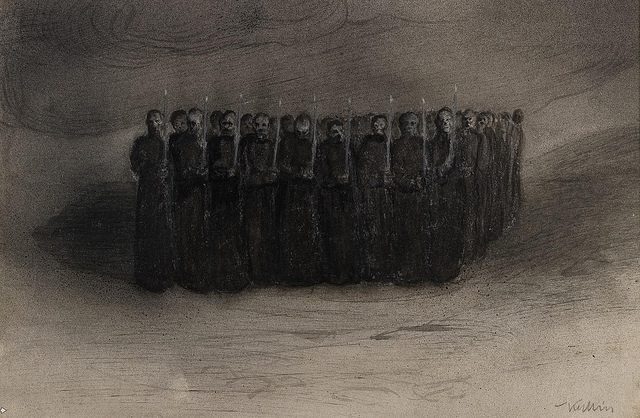
Kubin’s early life was marked by tragedy and turmoil, including the loss of his mother when he was quite young and a series of personal crises that profoundly affected his outlook and artistic direction. These experiences fostered a fascination with the macabre and an obsession with exploring the darker aspects of the human psyche and the mysteries of life and death. Largely self-taught in his artistic endeavors, Kubin was influenced by the works of Max Klinger, Francisco Goya, and James Ensor, whose interests in the fantastical and the morbid resonated with his own.
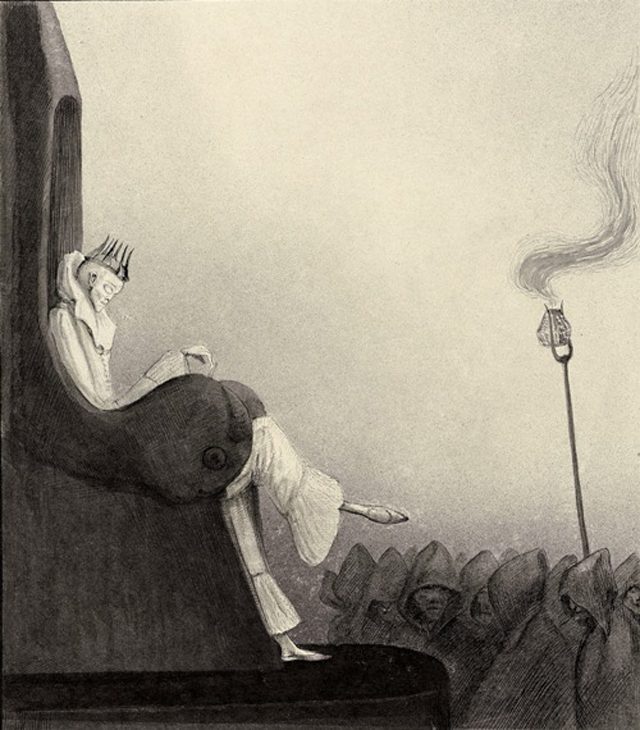
Choosing ink and paper as his primary mediums, Kubin developed a distinctive style characterized by intricate detail, stark contrasts, and a haunting atmospheric quality. His early works, often depicting nightmarish scenes and unsettling, dream-like landscapes, earned him recognition and respect among his contemporaries. Kubin’s ability to convey the intangible and often disturbing aspects of the human condition through his art positioned him as a unique voice within the burgeoning expressionist movement.
In 1909, Kubin published his only novel, “The Other Side” (Die Andere Seite), a seminal work of fantastic literature that describes a dream kingdom and its fall into decay, mirroring his artistic preoccupations with decline and transformation. This book, illustrated with his own drawings, further solidified his reputation as a master of the uncanny and the surreal, influencing both literary and visual artists.
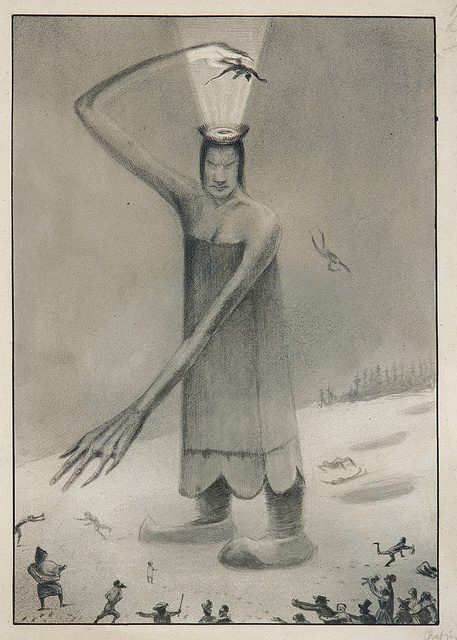
Kubin’s involvement with Der Blaue Reiter, alongside luminaries such as Wassily Kandinsky, Franz Marc, and August Macke, underscored his commitment to advancing modern art’s boundaries. Though his work differed stylistically from that of his peers, sharing more in common with the symbolists and later the surrealists, his thematic concerns with the spiritual and the subconscious were aligned with the group’s ideals. Der Blaue Reiter’s exhibitions provided a platform for Kubin’s work, introducing his visions to a broader audience and cementing his place in the avant-garde.

Throughout his career, Kubin remained focused on exploring the interplay between reality and fantasy, often blurring the lines between the two. His later works continued to reflect his deep interest in myth, folklore, and the esoteric, with a slightly more subdued tone but maintaining the intensity and complexity that characterized his early pieces. Kubin’s influence extended beyond the visual arts to impact the fields of literature, psychology, and philosophy, where his explorations of dream imagery and the subconscious anticipated themes later prevalent in surrealism.
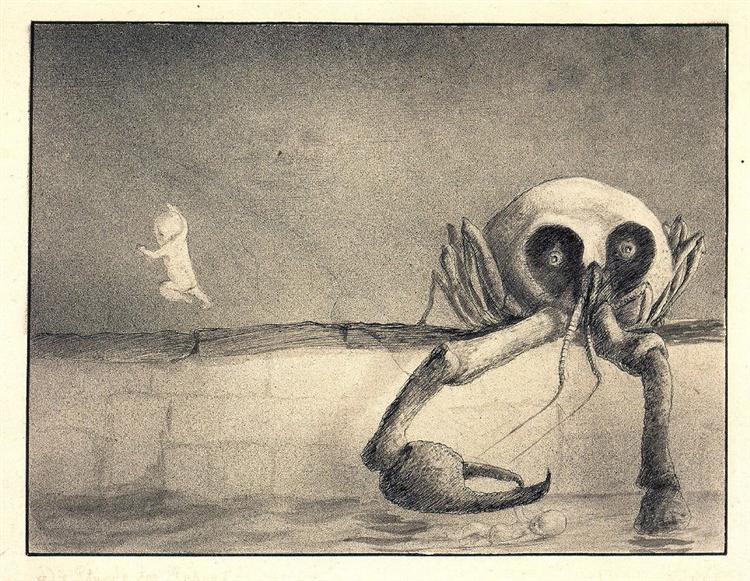
Alfred Kubin passed away on August 20, 1959, in Zwickledt, Austria, leaving behind a legacy that continues to fascinate and inspire. His body of work, encompassing over 20,000 drawings, illustrations, and paintings, offers a profound commentary on the human condition, exploring the depths of fear, desire, and the unknown. In a broader sense, Kubin’s contributions represent a bridge between the symbolic traditions of the 19th century and the expressionist and surrealist movements that defined the early 20th century, making him an essential figure in the history of modern art.




